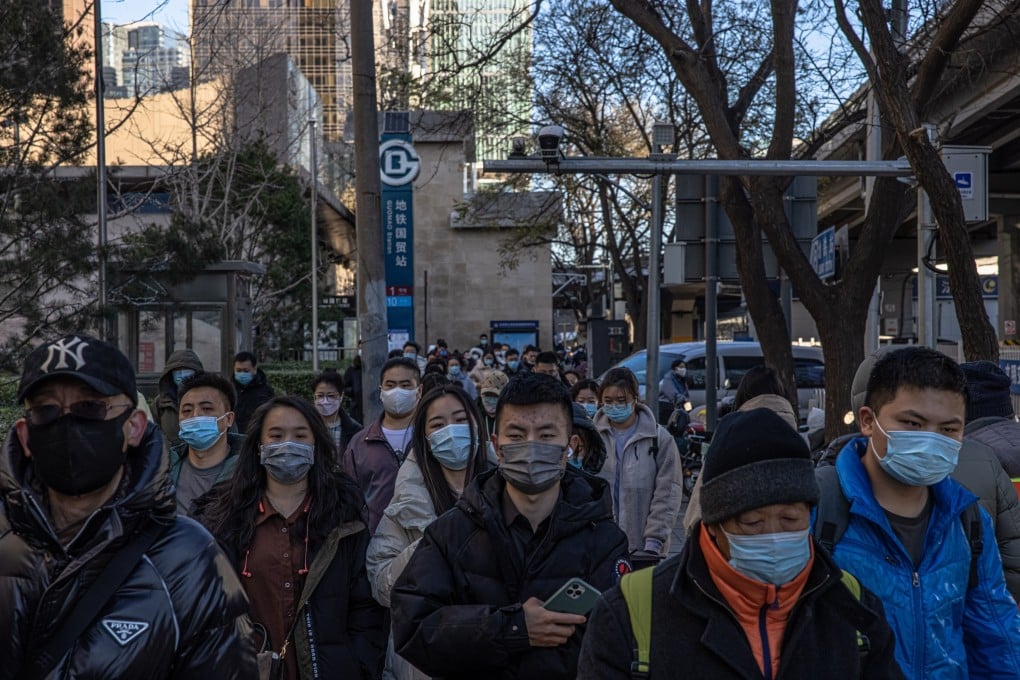Advertisement
Omicron and global Covid-19 surge set to test China’s health defences
- Authorities to fortify border checks and track conditions overseas to prevent incoming infections
- Health official confident the country’s zero-Covid response will block community transmission
Reading Time:3 minutes
Why you can trust SCMP
2

China is doubling down on its zero-Covid containment strategy as the new Omicron variant and a surge in coronavirus cases test the country’s health defences.
National Health Commission spokesman Mi Feng said on Tuesday that Covid-19 cases were on the rise around the world, with daily numbers nearing previous highs.
“The Omicron variant has [also] been spreading in some countries and regions, putting increasing pressure on China to prevent the virus from being introduced into the country,” Mi said.
Advertisement
China has battled frequent community outbreaks since the summer when the more transmissible Delta variant became the dominant pandemic strain.
On Saturday, three people tested positive in routine tests in Manzhouli, a city in northern Inner Mongolia, and are believed to have passed the virus on to 70 others by Monday.
When the Omicron variant emerged last week, a number of countries quickly imposed travel restrictions or closed borders.
Advertisement
Select Voice
Choose your listening speed
Get through articles 2x faster
1.25x
250 WPM
Slow
Average
Fast
1.25x
